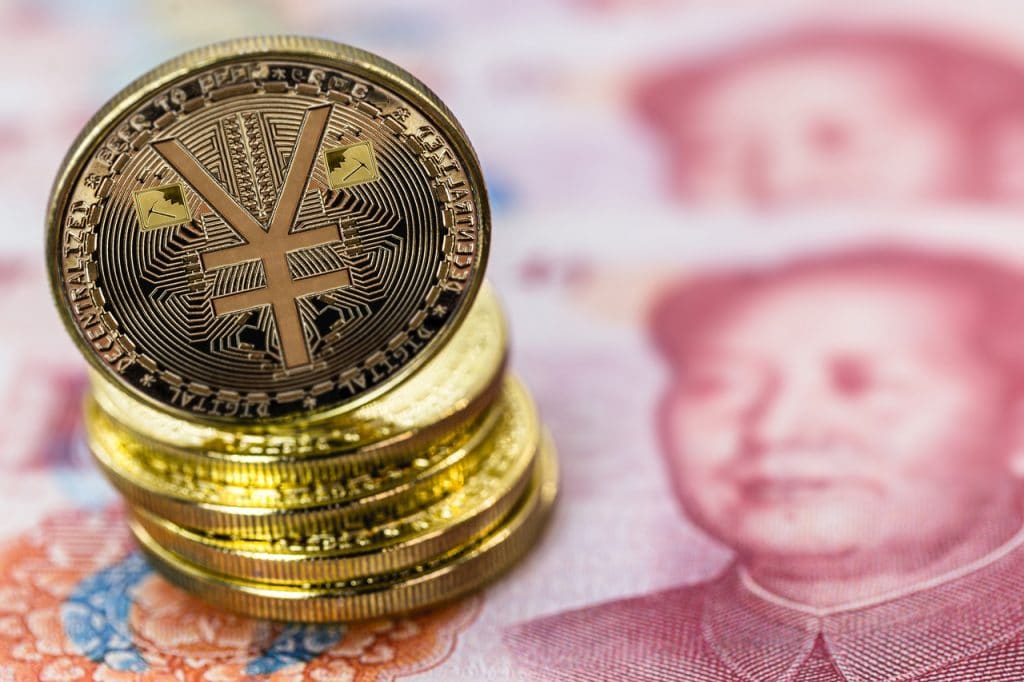China’s Push for Yuan in BRICS Trade Faces Global Resistance
21.04.2025 9:00 1 min. read Alexander Stefanov
Since 2022, China has been actively promoting the yuan as a go-to currency for trade among BRICS nations, capitalizing on geopolitical rifts—particularly after Western sanctions hit Russia.
With Moscow turning to the yuan for major transactions, and countries like Iran, India, the UAE, Nigeria, and Belarus following suit, Beijing seemed to gain traction in its campaign to globalize its currency.
However, the momentum hasn’t translated into meaningful gains in global currency reserves.
According to data from the Atlantic Council, the yuan’s share in international reserves remains modest. Despite increased usage, it poses no real challenge to the dominant role of the U.S. dollar.
Some BRICS members are beginning to distance themselves from the yuan.
India, for instance, has scaled back usage, reportedly due to concerns that adopting China’s currency would give its regional rival greater leverage. Longstanding tensions between New Delhi and Beijing—especially over trade and border issues—make full yuan integration politically sensitive.
While Beijing’s efforts signal ambition, the path to dethroning the dollar is steep. Even the euro and pound, far more established, have failed to dent the greenback’s supremacy.
For now, China’s dream of a globally accepted yuan remains just that—a distant ambition rather than an imminent reality.
-
1
Recession Fears Linger as Economic Signal Flashes Long-Term Warning
25.06.2025 9:00 2 min. read -
2
Robert Kiyosaki Predicts When The Price of Silver Will Explode
28.06.2025 16:30 2 min. read -
3
Trump Targets Powell as Fed Holds Rates: Who Could Replace Him?
27.06.2025 9:00 2 min. read -
4
U.S. PCE Inflation Rises for First Time Since February, Fed Rate Cut Likely Delayed
27.06.2025 18:00 1 min. read -
5
Key U.S. Economic Events to Watch Next Week
06.07.2025 19:00 2 min. read
Gold Beats U.S. Stock Market Over 25 Years, Even With Dividends Included
In a surprising long-term performance shift, gold has officially outpaced the U.S. stock market over the past 25 years—dividends included.
U.S. Announces Sweeping New Tariffs on 30+ Countries
The United States has rolled out a broad set of new import tariffs this week, targeting over 30 countries and economic blocs in a sharp escalation of its trade protection measures, according to list from WatcherGuru.
Key U.S. Economic Events to Watch Next Week
After a week of record-setting gains in U.S. markets, investors are shifting focus to a quieter yet crucial stretch of macroeconomic developments.
Robert Kiyosaki Predicts When The Price of Silver Will Explode
Robert Kiyosaki, author of Rich Dad Poor Dad, has issued a bold prediction on silver, calling it the “best asymmetric buy” currently available.
-
1
Recession Fears Linger as Economic Signal Flashes Long-Term Warning
25.06.2025 9:00 2 min. read -
2
Robert Kiyosaki Predicts When The Price of Silver Will Explode
28.06.2025 16:30 2 min. read -
3
Trump Targets Powell as Fed Holds Rates: Who Could Replace Him?
27.06.2025 9:00 2 min. read -
4
U.S. PCE Inflation Rises for First Time Since February, Fed Rate Cut Likely Delayed
27.06.2025 18:00 1 min. read -
5
Key U.S. Economic Events to Watch Next Week
06.07.2025 19:00 2 min. read


